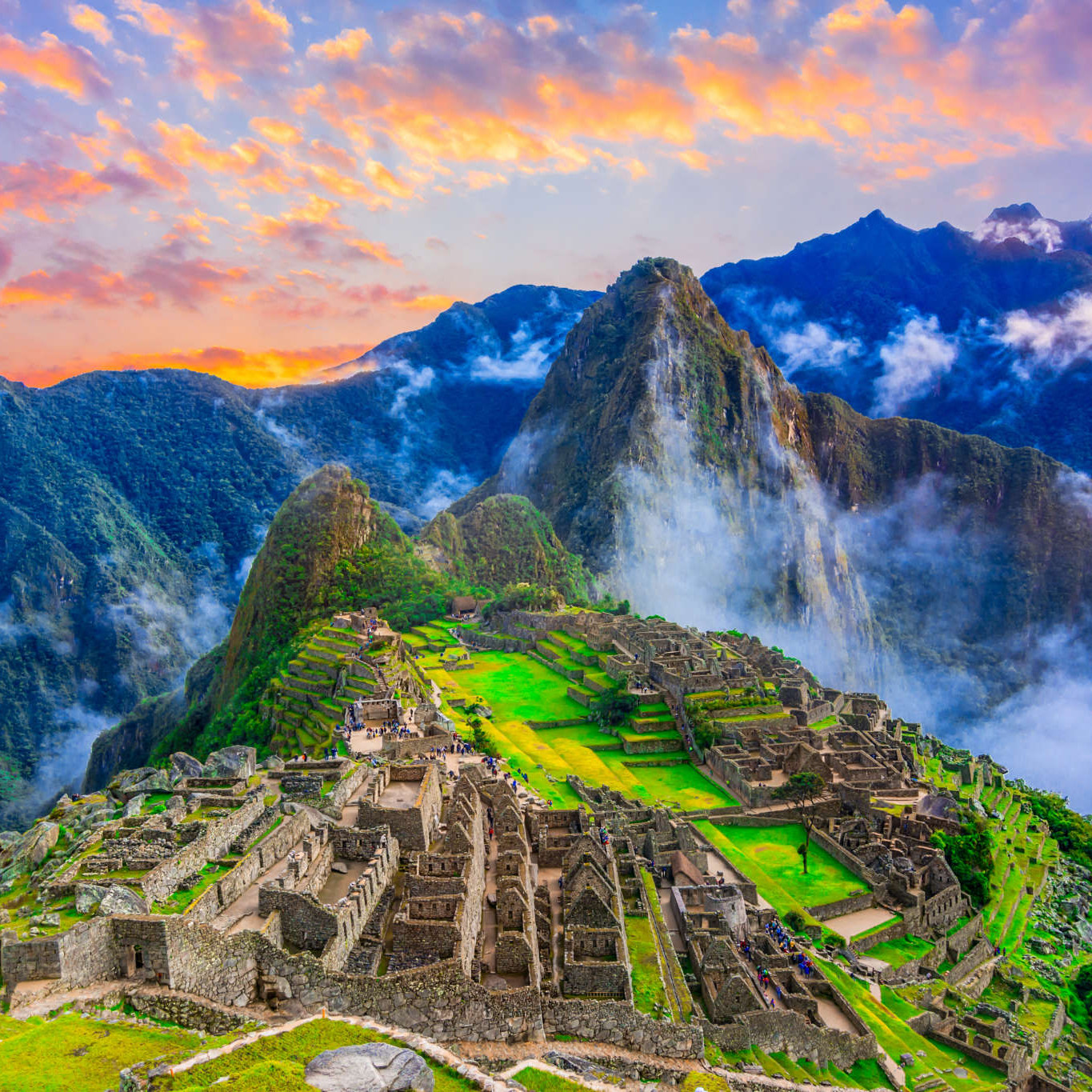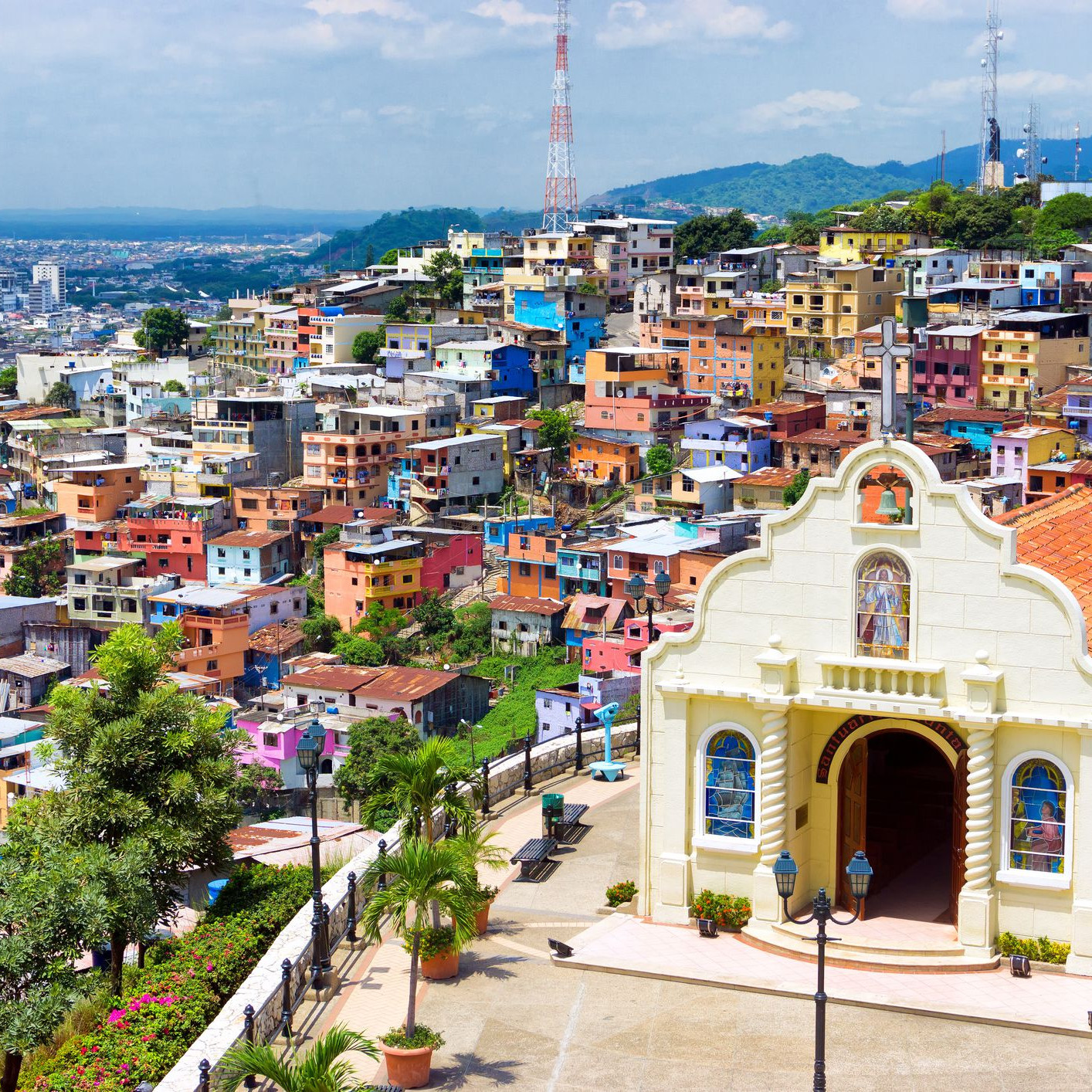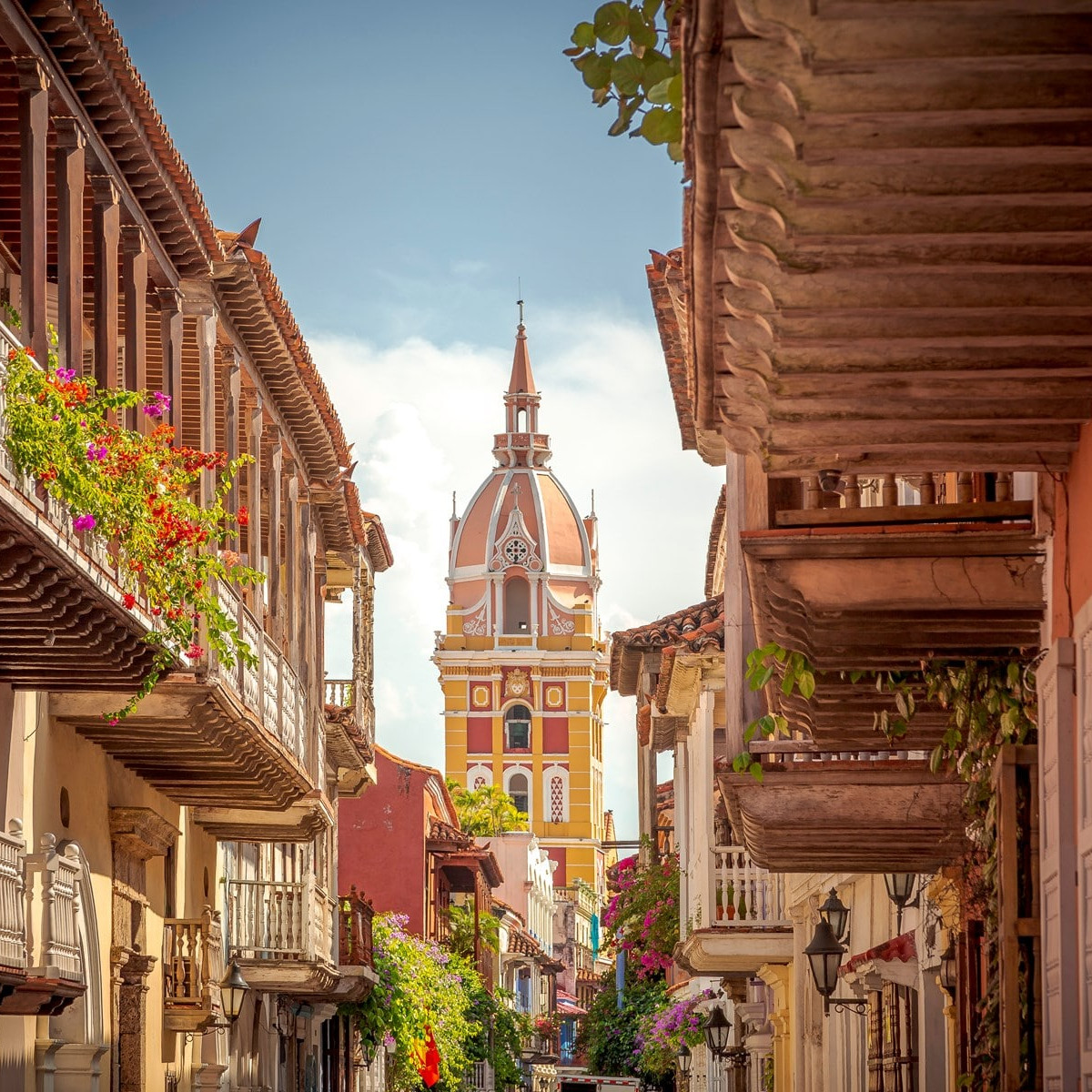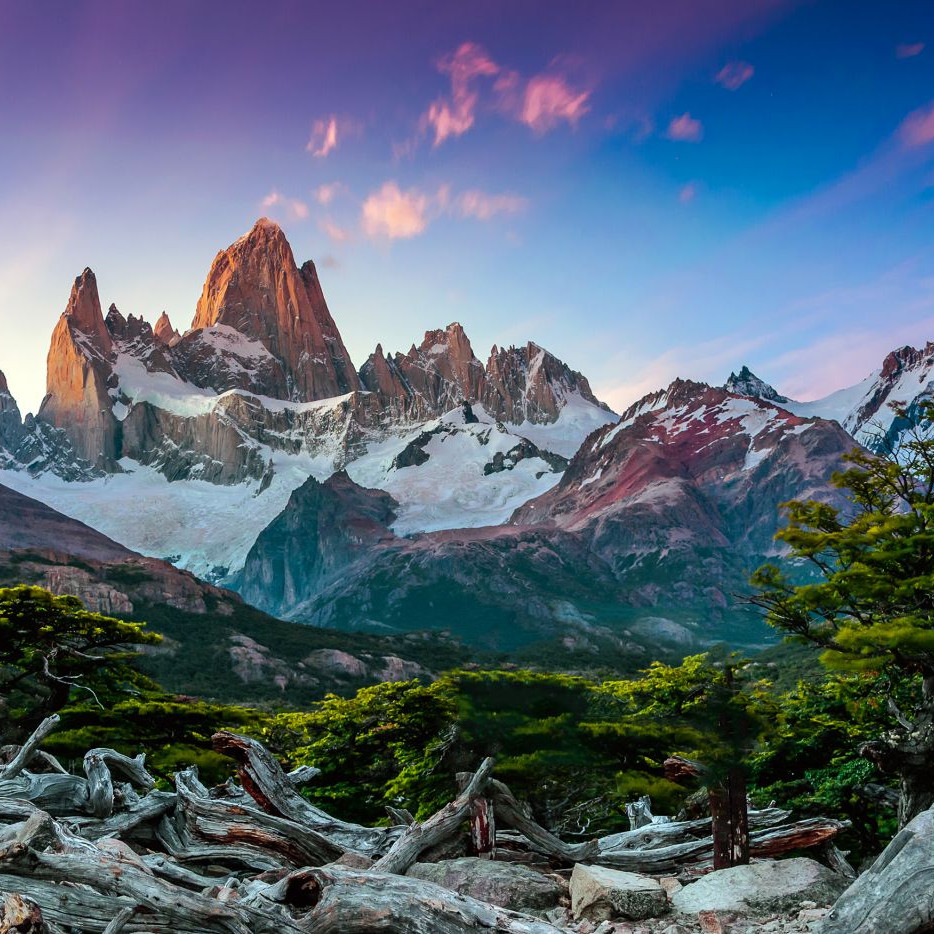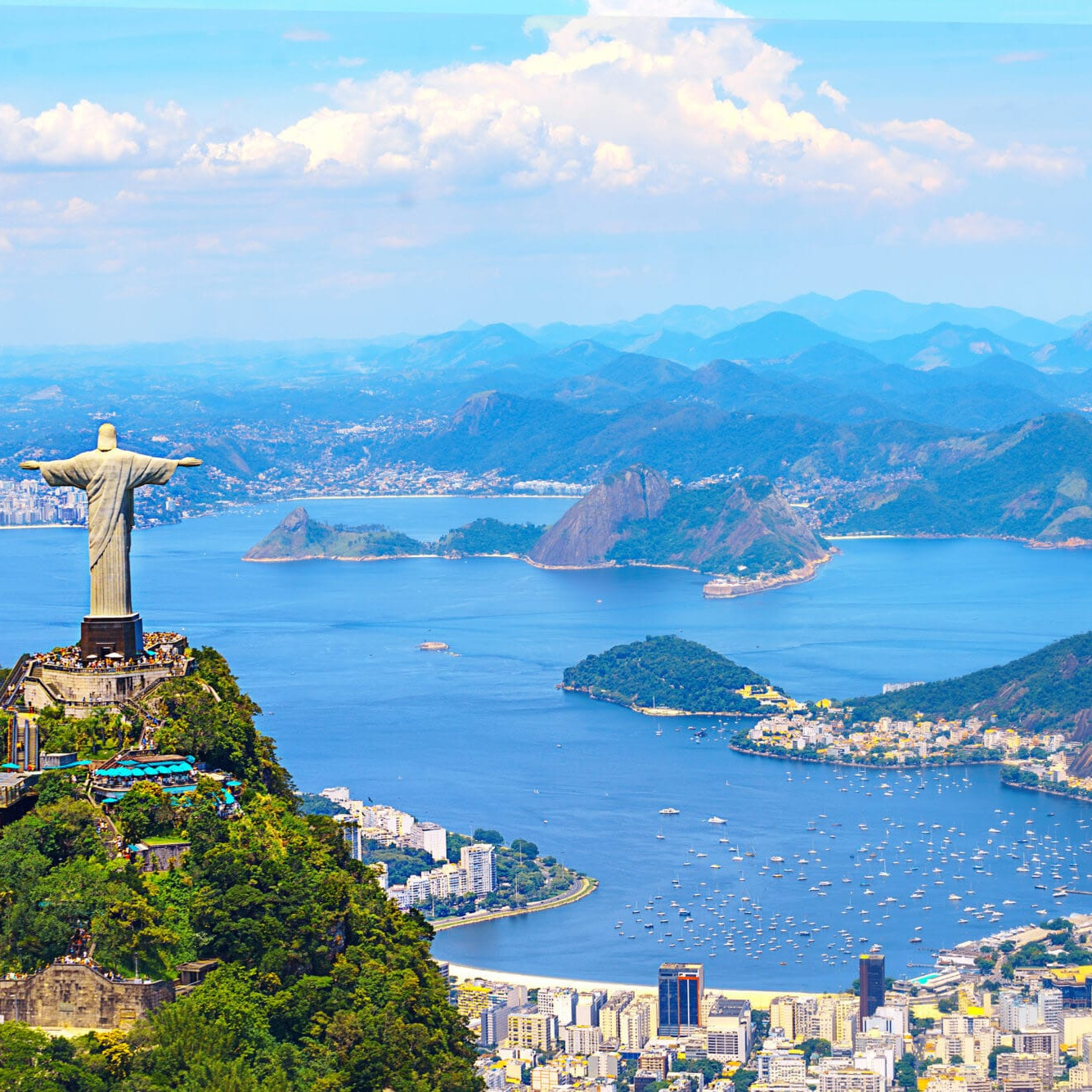Located in western-central South America, Bolivia is home to 40% of all animal and plant species in the world. The country is blessed with an incredible diverse nature, from fauna to flora, as well as an array of different cultures, traditions, attractions and a rich and colorful history.
Why Visit Bolivia
LANDSCAPES
Bolivia boasts an incredible diversity of natural wonders. The country is made up of deserts, grasslands, mountains, jungles and the highest lake in the world, the Lake Titicaca. The country is also famous for the Salar de Uyuni, the world’s second largest salt flat.
WILDLIFE
Bolivia is also home to a remarkable variety of wildlife. The country is home to about 40% of the animal species of the world, one of the most bio-diverse countries. Its dramatic geography and climate have led to the development of different ecosystems, and its commitment to conservation efforts makes it an ideal destination for nature enthusiasts and wildlife lovers.
INDIGENOUS CULTURE
Bolivia is a multiethnic society, with a variety of cultures, traditions and languages. Bolivian society has people from spanish descent, indigenous groups and mestizos. However, the country is home to the largest population of indigenous tribes (36 different indigenous cultures) in South America, as 62% of its population is from indigenous descent. Some of them still practice ancient customs and wear traditional clothes, combining modern lifestyle with traditional values.
AFFORDABILITY
Compared to many other travel destinations, Bolivia offers great value for money. Accommodation, transportation, and food are generally more budget-friendly, allowing travelers to stretch their budget and indulge in unique experiences without breaking the bank. This affordability makes Bolivia an attractive option for adventurers, backpackers, and budget-conscious travelers.
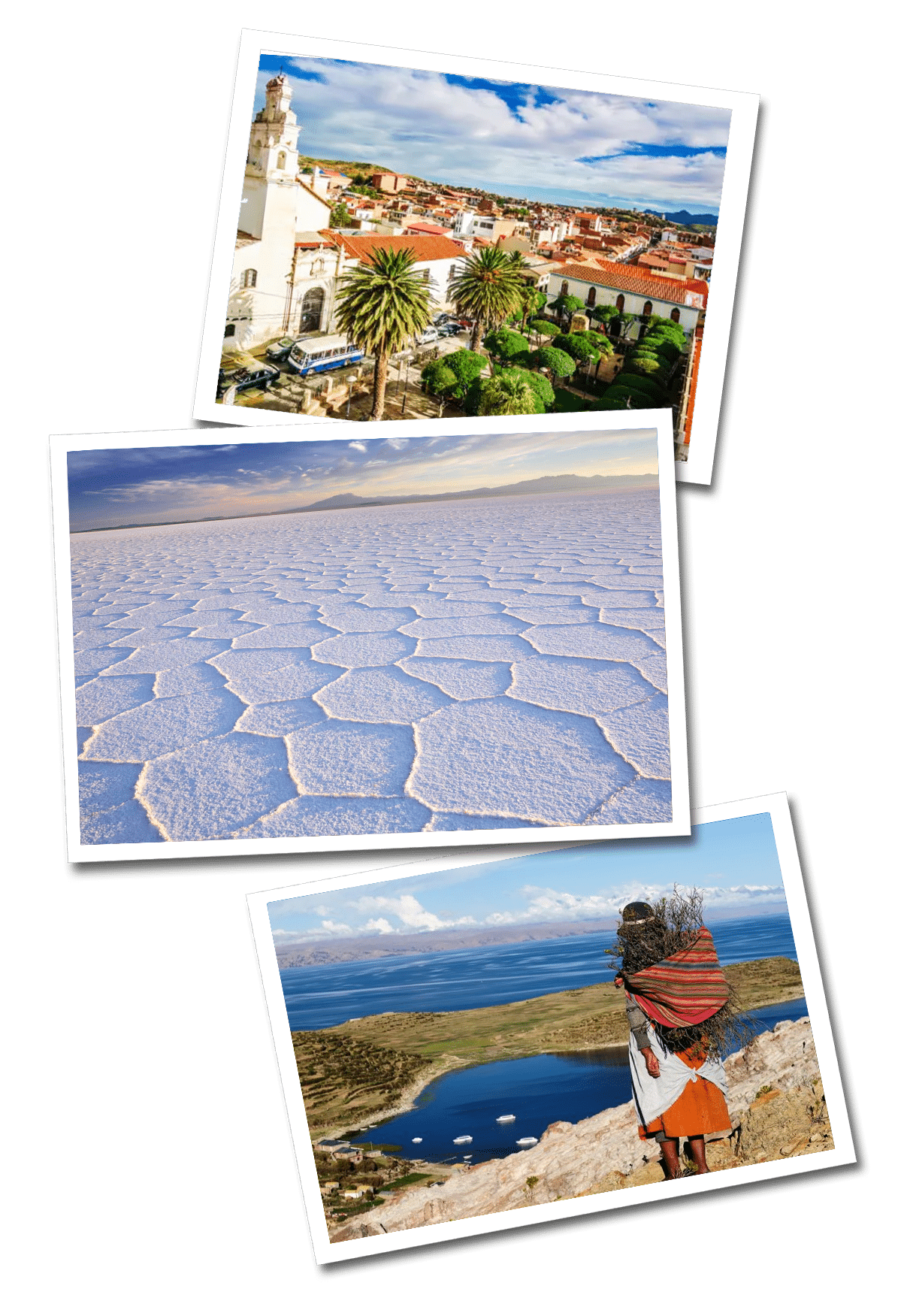
Located in western-central South America, Bolivia is home to 40% of all animal and plant species in the world. The country is blessed with an incredible diverse nature, from fauna to flora, as well as an array of different cultures, traditions, attractions and a rich and colorful history.

Why Visit Bolivia
LANDSCAPES
Bolivia boasts an incredible diversity of natural wonders. The country is made up of deserts, grasslands, mountains, jungles and the highest lake in the world, the Lake Titicaca. The country is also famous for the Salar de Uyuni, the world’s second largest salt flat.
WILDLIFE
Bolivia is also home to a remarkable variety of wildlife. The country is home to about 40% of the animal species of the world, one of the most bio-diverse countries. Its dramatic geography and climate have led to the development of different ecosystems, and its commitment to conservation efforts makes it an ideal destination for nature enthusiasts and wildlife lovers.
INDIGENOUS CULTURE
Bolivia is a multiethnic society, with a variety of cultures, traditions and languages. Bolivian society has people from spanish descent, indigenous groups and mestizos. However, the country is home to the largest population of indigenous tribes (36 different indigenous cultures) in South America, as 62% of its population is from indigenous descent. Some of them still practice ancient customs and wear traditional clothes, combining modern lifestyle with traditional values.
AFFORDABILITY
Compared to many other travel destinations, Bolivia offers great value for money. Accommodation, transportation, and food are generally more budget-friendly, allowing travelers to stretch their budget and indulge in unique experiences without breaking the bank. This affordability makes Bolivia an attractive option for adventurers, backpackers, and budget-conscious travelers.
Bucket List
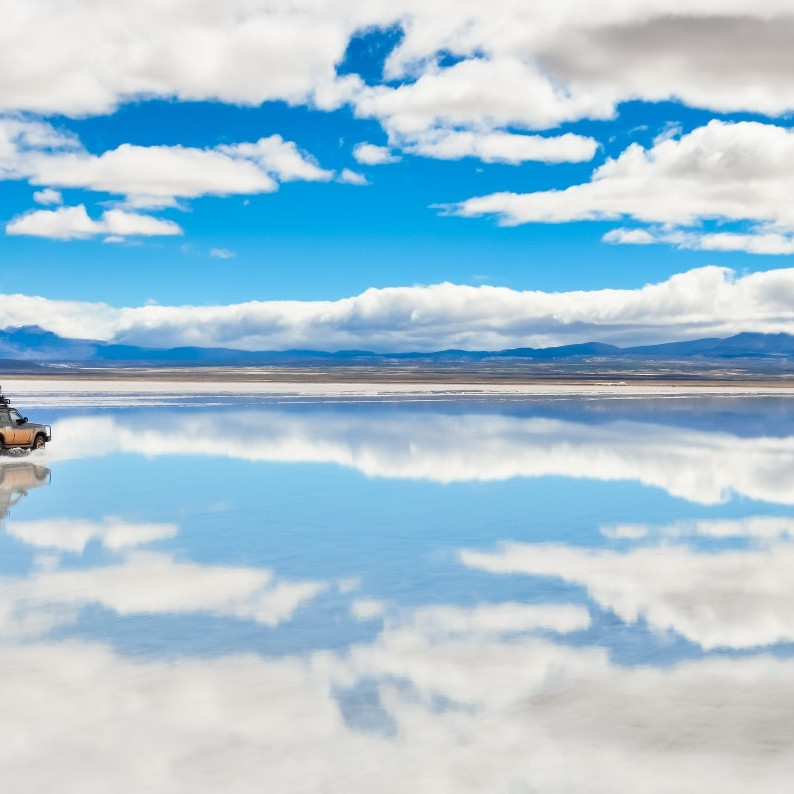
Visit the Uyuni Salt Flat
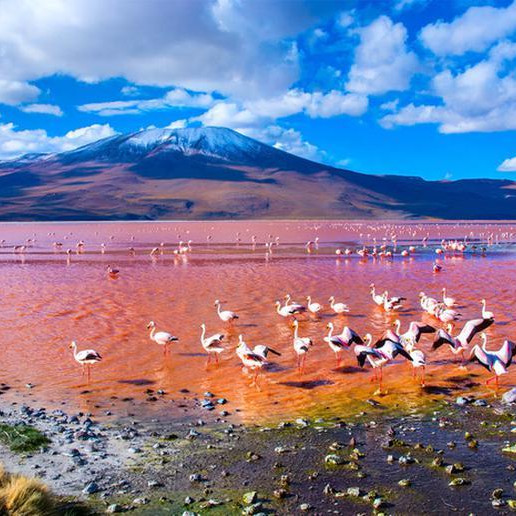
Spot some flamingos in the Red Lagoon
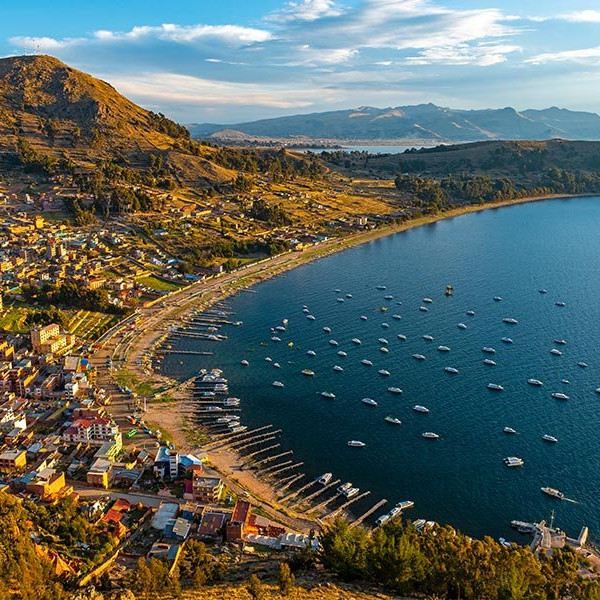
Hike the Cerro Calvario and enjoy the view of the Lake Titicaca
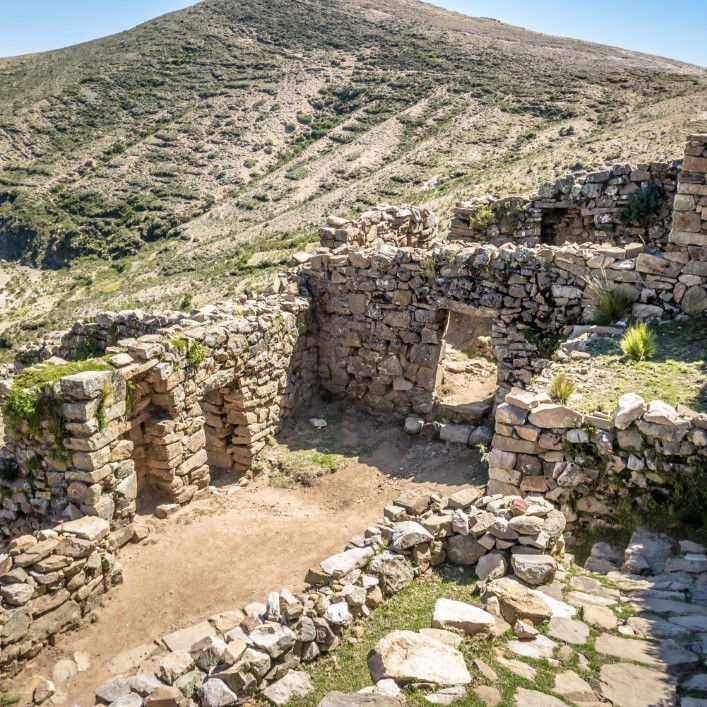
Visit the ruins in Isla del Sol
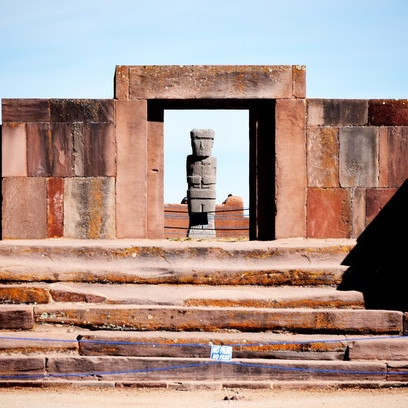
Admire the Tiwanaku
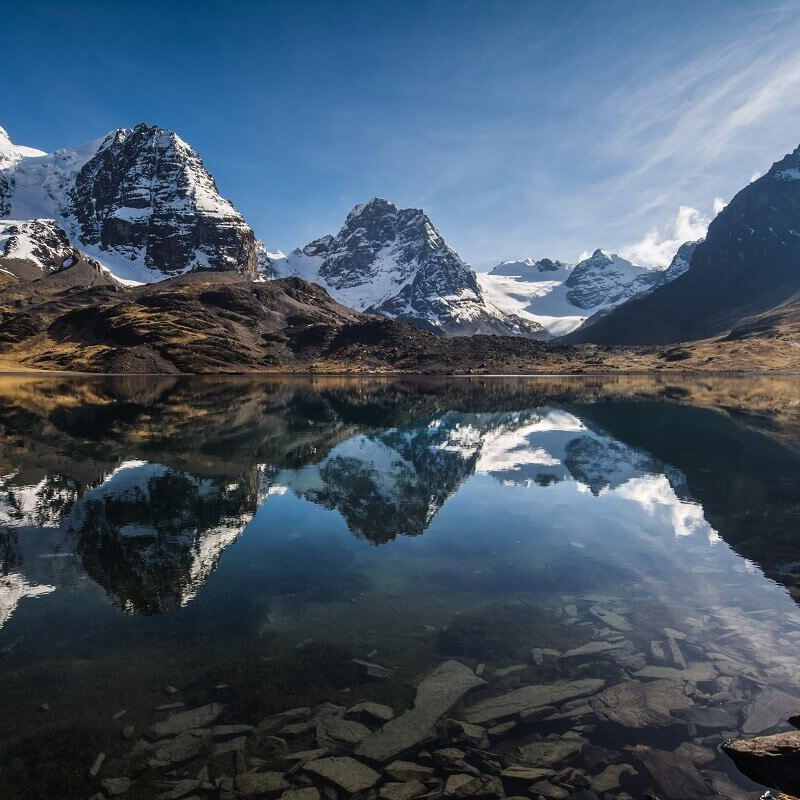
Hike the Cordillera Real
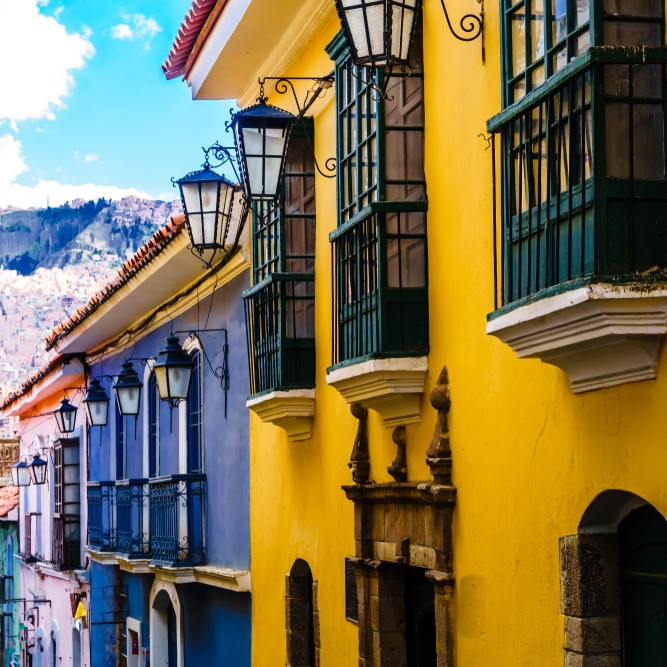
Wander around La Paz
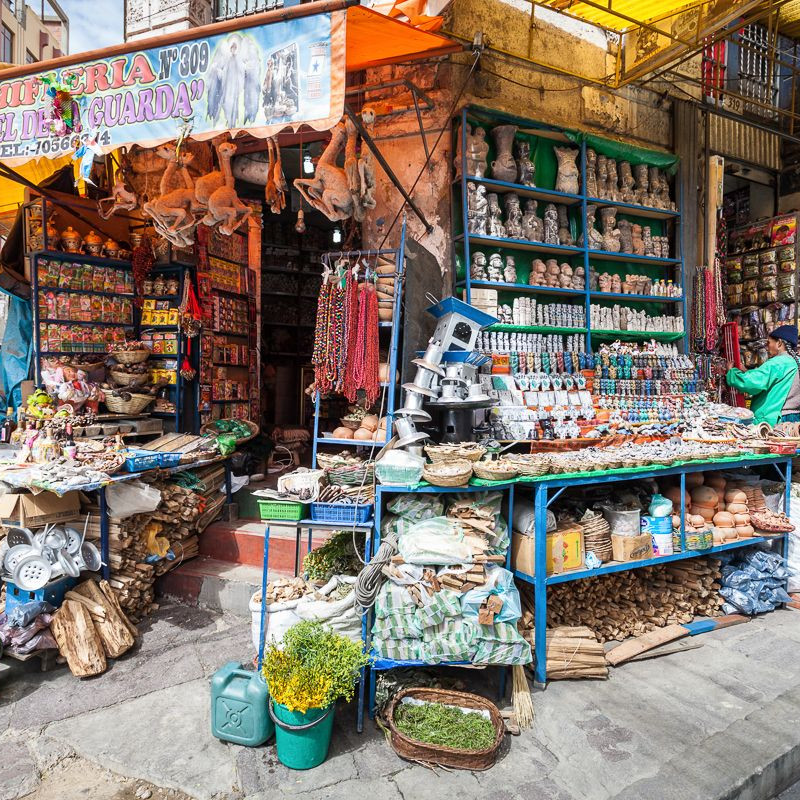
Shop for souvenirs on Calle Sagarnaga
What to expect
LANGUAGE
Spanish is the official language of the country and widely spoken by the majority of the population. However, Bolivia also recognizes 36 indigenous languages, including Quechua, Aymara, Guarani, and many others. English is not widely spoken in Bolivia, only spoken in tourist attractions / destinations.
ELECTRICITY
In Bolivia the standard voltage is 220 V and the frequency is 50 Hz. That’s the standard voltage in UK, Europe, Australia and most of Asia and Africa.
CURRENCY
The Bolivian boliviano is the official currency in Bolivia. US Dollars might be accepted at tourist attractions and hotels, but they won’t be accepted at other establishments, any other currencies wouldn’t be accepted at all. Credit cards are widely accepted, and you can exchange your money at any bank or withdraw directly from the ATM. Cash will be necessary. 1 USD equals 7.5 bolivianos (as of 2023)
CLIMATE
Bolivia has different climates depending on the altitude and geography of the area. It goes from tropical weather in the jungle to polar climates in the Andes. There are primarily two seasons in Bolivia: The dry season from May to October and wet season from November to April.
SAFETY
While Bolivia is generally considered safe for tourists, it’s recommended to take common precautions. Crowded areas, public transportation tourist hotspots are places where most petty crime occur. Unfortunately, pickpocketing and theft are common, but not violent crime, it exists in low income neighborhoods and some streets at night. Caution is recommended at all times.
How to get around
- Buses: Buses are the most common mode of transportation in Bolivia, connecting major cities and towns. There are different types of buses, ranging from basic local buses to more comfortable long-distance buses. Bus services can vary in quality and comfort, so it’s advisable to check reviews and choose reputable companies for longer journeys.
- Trains: Bolivia’s rail network is limited, but it offers a unique and scenic way to travel. The most famous route is the Uyuni to Oruro train, which takes you through the stunning Altiplano region. Trains may not be the fastest option, but they provide an immersive experience with breathtaking landscapes.
- Flights: Domestic flights are available between major cities, such as La Paz, Santa Cruz, Cochabamba, and Sucre. This option is convenient if you’re short on time or want to cover long distances quickly. However, it’s important to note that flights within Bolivia can be relatively expensive compared to other modes of transportation.
- Taxis: Taxis are a popular way to get around within cities and towns in Bolivia. They are readily available and can be easily hailed on the streets. It’s recommended to negotiate the fare or ask the driver to use the meter to ensure a fair price. Ride-sharing apps like Uber are also available in some major cities.
- Colectivos: Colectivos are shared taxis or minivans that operate on fixed routes. They are a cost-effective way to travel shorter distances between towns and are commonly used by locals. Colectivos have fixed fares and leave once they are full, so they may not follow a strict schedule.
- Motorbikes: Renting a motorbike is a popular option for those seeking more flexibility and freedom to explore Bolivia’s landscapes. You can rent motorcycles in major cities, and they are particularly useful for navigating rural areas and off-the-beaten-path destinations. However, make sure you have the necessary driving skills and adhere to local traffic regulations.
- Walking: Exploring Bolivia on foot is a fantastic way to soak in the country’s natural beauty and experience its vibrant culture. Many cities have compact city centers that are easily explored on foot, allowing you to discover hidden gems and interact with locals at your own pace.
Visa Policy & Passport
Bolivia has a relatively straightforward visa policy for tourists, with different requirements depending on the traveler’s nationality. Here is a detailed description of the visa policy in Bolivia:
- Visa-Free Entry: Citizens of several countries can enter Bolivia without a visa for tourism purposes. These countries include the United States, Canada, the United Kingdom, Australia, most European Union countries, and many others. Visitors from these countries are typically granted a visa-free stay of up to 90 days.
- Visa on Arrival: Some nationalities are eligible for a visa on arrival upon entering Bolivia. This allows travelers to obtain a tourist visa at the port of entry. Visa on arrival is available for citizens of countries such as China, India, Russia, and several others. The visa on arrival allows a stay of up to 90 days.
- Tourist Visa: Citizens of countries that do not have visa-free entry or visa on arrival must obtain a tourist visa in advance from a Bolivian consulate or embassy in their home country. This applies to nationals from countries such as China, India, South Africa, and many others. The tourist visa allows a stay of up to 90 days and requires the submission of specific documents such as a passport, application form, proof of accommodation, and proof of sufficient funds.
- Reciprocity Fee: Some countries have implemented a reciprocity fee for Bolivian citizens, and Bolivia has reciprocated by implementing a similar fee for citizens of those countries. For example, citizens of the United States, Canada, and Australia are required to pay a reciprocity fee upon entering Bolivia, which grants them a visa for a specified duration.
It’s important to note that visa policies can change, and it’s recommended to check the most up-to-date information from the Bolivian consulate or embassy in your home country before traveling. Additionally, travelers should ensure their passports are valid for at least six months beyond their intended stay in Bolivia.
SUBSCRIBE!
Are you a globetrotter? Join our platform and get exclusive travel tips, getaways and more!
Peru
Travel to Peru, a country that provides a snapshot of everything the continent has to offer. Dramatic landscapes, diverse nature, rich..
Ecuador
Travel Ecuador, one of the 17 megadiverse countries in the world and has the most biodiversity per square km, with amazing landscapes and..
Colombia
Travel Colombia, a country that has everything to ensure a unforgettable adventure. The country is blessed with an array of landscapes..
Argentina
Travel Argentina, a country king in diversity of all kinds, offering a variety of features and attractions to please every type of traveler..
Peru
Travel to Peru, a country that provides a snapshot of everything the continent has to offer.…
Brazil
Travel Brazil, the largest country in both South America and Latin America. It is a fascinating…
Argentina
Travel Argentina, a country king in diversity of all kinds, offering a variety of features and…


